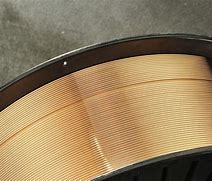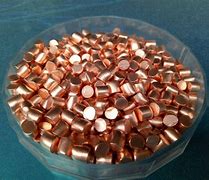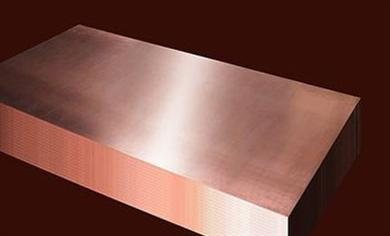**Title: Keep Your Copper Pipes Happy: A Well Water Survival Guide**
(How To Treat Well Water For Copper Pipes)
Copper pipes are tough, but well water can turn them into drama queens. Green stains on sinks, metallic-tasting water, leaks—these are signs your pipes are throwing a fit. Why? Well water often has low pH or high acidity. Think of it like lemon juice sitting in a metal bowl. Over time, the acid eats away at copper. Fixing this isn’t rocket science, but you need to act fast. Let’s break it down.
First, test your water. Guesswork won’t cut it. Grab a home testing kit or call a pro. You’re looking for two things: pH levels and copper content. A pH below 6.5 means your water is acidic. Copper levels above 1.3 mg per liter? That’s bad news. Testing gives you a roadmap. Skip it, and you’re fixing problems blindfolded.
Next, tackle acidity. A neutralizer is your best friend. These systems push water through crushed limestone or magnesium oxide. The minerals dissolve, raising pH. It’s like giving your water a calming pill. Install one where water enters your house. Simple, but effective. For heavy-duty cases, add a chemical feed pump. It injects soda ash or potassium carbonate into the water. Think of it as a vitamin shot for your pipes.
But wait—what if your water also has iron or manganese? Acidic water loves dragging these metals out of the ground. They stain toilets, clog showerheads, and make coffee taste like pennies. A neutralizer alone won’t fix this. Add an oxidizing filter. These tanks blast water with air, turning dissolved metals into solid bits. The filter catches them, so only clean water moves through your pipes.
Got sulfur smells or bacteria? Shock chlorination might help. Pour bleach into your well, let it sit, then flush. It’s like a deep clean for your water system. But chlorine can harm copper over time. Pair this with a carbon filter to remove leftover chlorine. Balance is key.
Reverse osmosis is another option. These systems force water through a super-fine membrane. It strips out copper, lead, and other nasties. But they’re pricey and waste water. Use them under sinks for drinking water, not the whole house.
Prevention beats cure. Once your water’s balanced, keep it that way. Check pH every six months. Inspect pipes for blue-green stains or leaks. Flush your water heater yearly—sediment buildup eats pipes faster. Install a sacrificial anode rod in your heater. It attracts corrosive elements, acting like a bodyguard for your copper.
Some swear by magnetic or electronic descalers. These gadgets claim to alter water chemistry with fields or frequencies. Science is iffy here, but they’re cheap and easy. Try one if you’re curious, but don’t skip proven methods.
What if damage is done? Small leaks can be patched. Big corrosion means replacing pipes. Switch to PVC or PEX in problem areas. They’re immune to acidic water. Keep copper for non-acidic sections. Mix and match to save cash.
(How To Treat Well Water For Copper Pipes)
Your well water doesn’t have to be a pipe killer. Test, treat, then stay vigilant. Happy pipes mean clean water, lower bills, and no surprise floods. It’s like taking vitamins—annoying now, but worth it later. Now go show that well water who’s boss.
Inquiry us
if you want to want to know more, please feel free to contact us. (nanotrun@yahoo.com)



